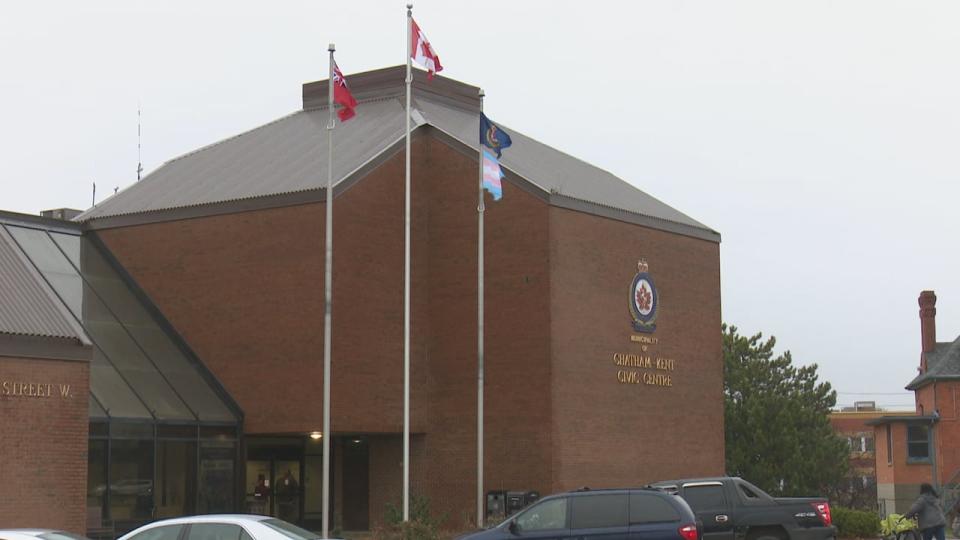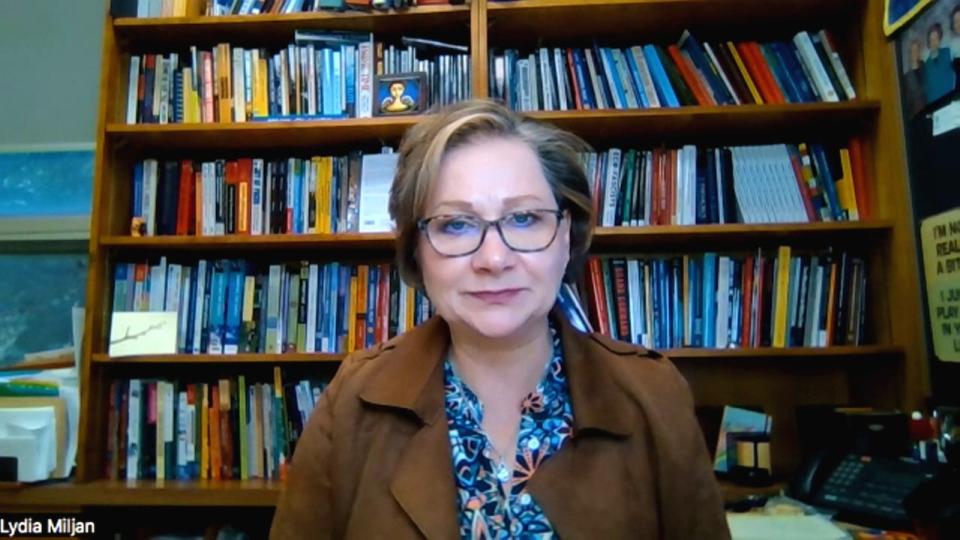Chatham-Kent's mayor says residents still question amalgamation 25 years later

As 2023 draws gradually to a close, it also marks the end of 25 years since the amalgamation of Chatham-Kent.
And to this day, says current mayor Darrin Canniff, it's a topic of conversation for many residents — especially in the rural areas that were aligned under one umbrella with the city of Chatham.
"That's certainly something each and every day we deal with," he said.
"There's always that balance of making sure infrastructure gets dealt with right across the municipality."
Pointing to Chatham-Kent's council table consisting of 17 councillors, Canniff says the municipality continues to do its best to alleviate concerns of rural residents feeling underrepresented — and not having their voices heard.
"When you compare us to those other municipalities, we have more councillors and on a per council basis. There might be like 6,000 people per councillor, so I mean, that's pretty low … there's some pretty good representation."

The Chatham-Kent Civic Centre, the municipality's city hall, is located in the downtown of the city of Chatham. (Dale Molnar/CBC)
He said, despite widespread representation for residents, there remains a pocket of the population who aren't in favour of amalgamation.
"I don't want to make it pretend that everyone feels that way. We try very hard to make sure that everyone is represented. If there's somebody who has a concern, they reach out to their councillors and it's dealt with."
A vote on possible amalgamation was boycotted by county council members in the 1990s and cancelled.
This led to the province appointing a commissioner to formulate an amalgamation plan — who outlined a report to establish a single-tier municipality.
The amalgamation of Chatham and the County of Kent officially occurred in 1998.
"We are one of the 29 largest communities in Ontario," said Canniff, adding they're able to have a bigger voice for all communities.
"I think that amalgamation just based on that was successful because our voices are heard in more forums than they would otherwise."
Recently, Canniff put forward a motion to hold council meetings in the major centres of each ward over the next three years — in an attempt to further engage with all Chatham-Kent residents, he says.
The idea was eventually shot down.
"We had it at the Tilbury Arena [in 2019] and it was an actual council meeting so people would attend — just like they would here. I know that the Tilbury meeting was very well attended. There were a lot more people that came out to that meeting that would otherwise just come to the council chambers in Chatham."
It would have cost the municipality around $23,000 to run the meetings in the outlying communities, according to administration.

Chatham-Kent Mayor Darrin Canniff says 25 years removed from amalgamation and there remains a pocket of the population against it. (Dale Molnar/CBC)
Canniff says he thought it was important to offer all residents an easier opportunity to attend a meeting in person.
"Pre-amalgamation, they had all their council meetings there and then that was one of the setbacks on amalgamation is there's no longer council meetings in those communities."
Political science professor Lydia Miljan has penned previous reports on amalgamations — including a 2015 one for the Fraser Institute, a B.C. public-policy think tank.
The Town of Essex was one of the amalgamated municipalities studied in the report and it performed better than most with smaller increases in costs.
Miljan, who's with the University of Windsor, says amalgamation, at least as it was practiced in Ontario, has been "very disruptive."
"I don't think there was a huge amount of support for it [in Chatham-Kent]," she said.
"That's the one that was forced — and that's really what brought about all the other subsequent amalgamations. It was almost seen as a cautionary tale to other municipalities who were dragging their feet at the time."

Lydia Miljan is a political science professor at the University of Windsor who has written reports on the practice of amalgamation in Ontario. (TJ Dhir/CBC)
Miljan says the main concern with the kind of amalgamations that occurred in Chatham-Kent is when you're taking different political cultures — rural and urban — there always seems to be a disconnect and trust with how the services are going to be brought forward.
"People in the rural areas often perceive amalgamation as simply a tax grab, that it's not going to increase their services, it's going to help out the urban area. And so that can foster some resentment."
The impetus for amalgamation was to save money, says Miljan, so the idea was that you're going to reduce costs by having fewer municipal councils, smaller municipal councils, and that would give you some efficiencies.
"You had some marginal reductions in terms of paying your municipal councillors. But let's face it, they don't get paid that much. They're a part-time gig. It's not as if it's going to break the bank," she said.
According to Miljan, back before Chatham-Kent amalgamated, the provincial government put in higher regulatory demands on all municipalities having to raise salaries.
"In the past you could get away with minimum wage workers, you could get away with not having a planner. You could sort of outsource things. Now you have to start investing in both more professional staff and also in the newly amalgamated areas."
As it relates to the recent failed council motion to run meetings in the major centres of the five rural wards outside of the city, Miljan says the cynic in her thinks it's nothing more than administration and the mayor pandering for future votes.
"I mean, once a term isn't very much. It really does seem more symbolic rather than anything else. But on the other side, I think this is a good faith gesture to say we do want the community to be involved. We want the community to see what we're doing."
Miljan says if the motion did pass she would have been curious to see if the council agendas would've been focused on those hyper-local communities where the meetings were held, or end up a blend of topics across the geographically large municipality.


